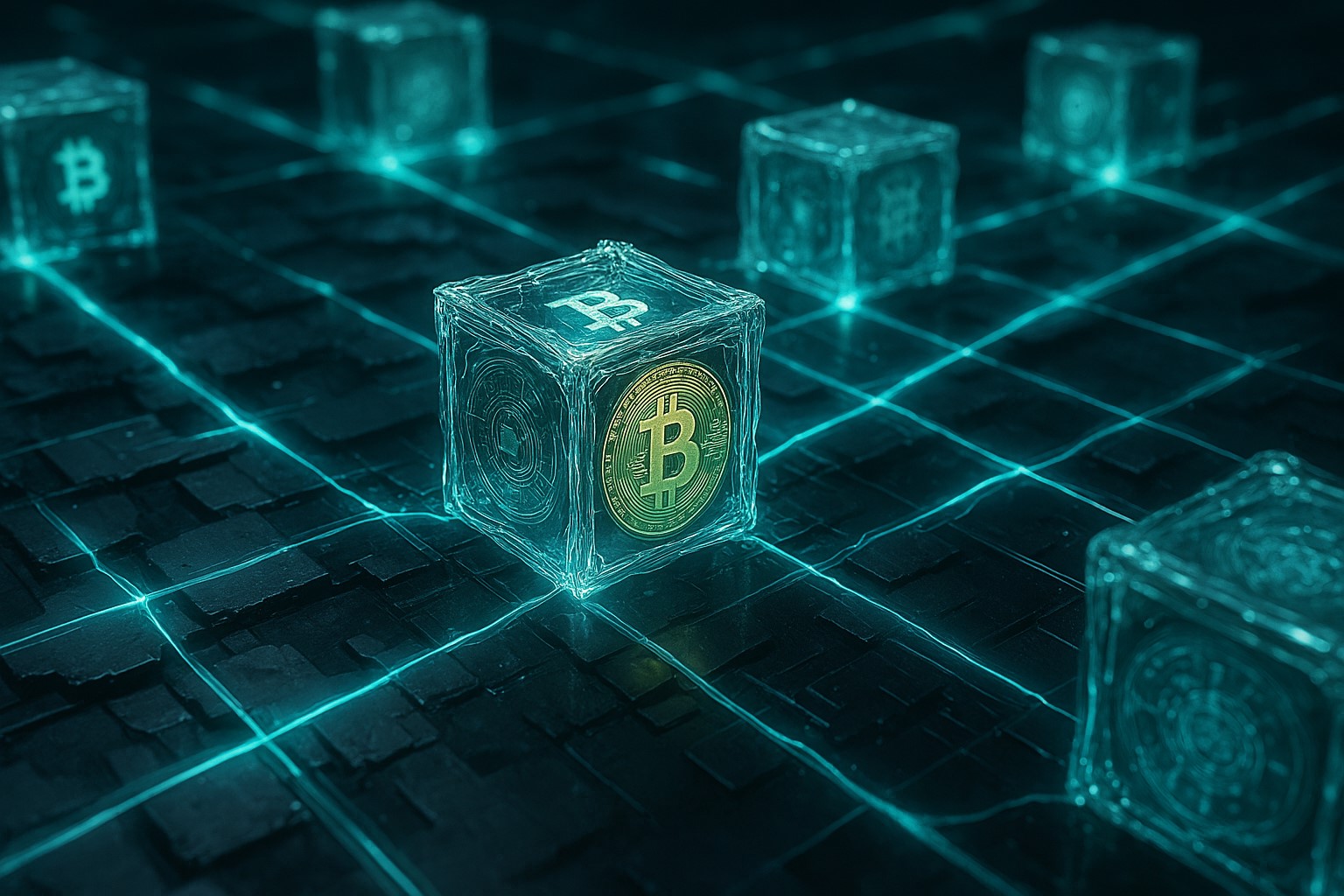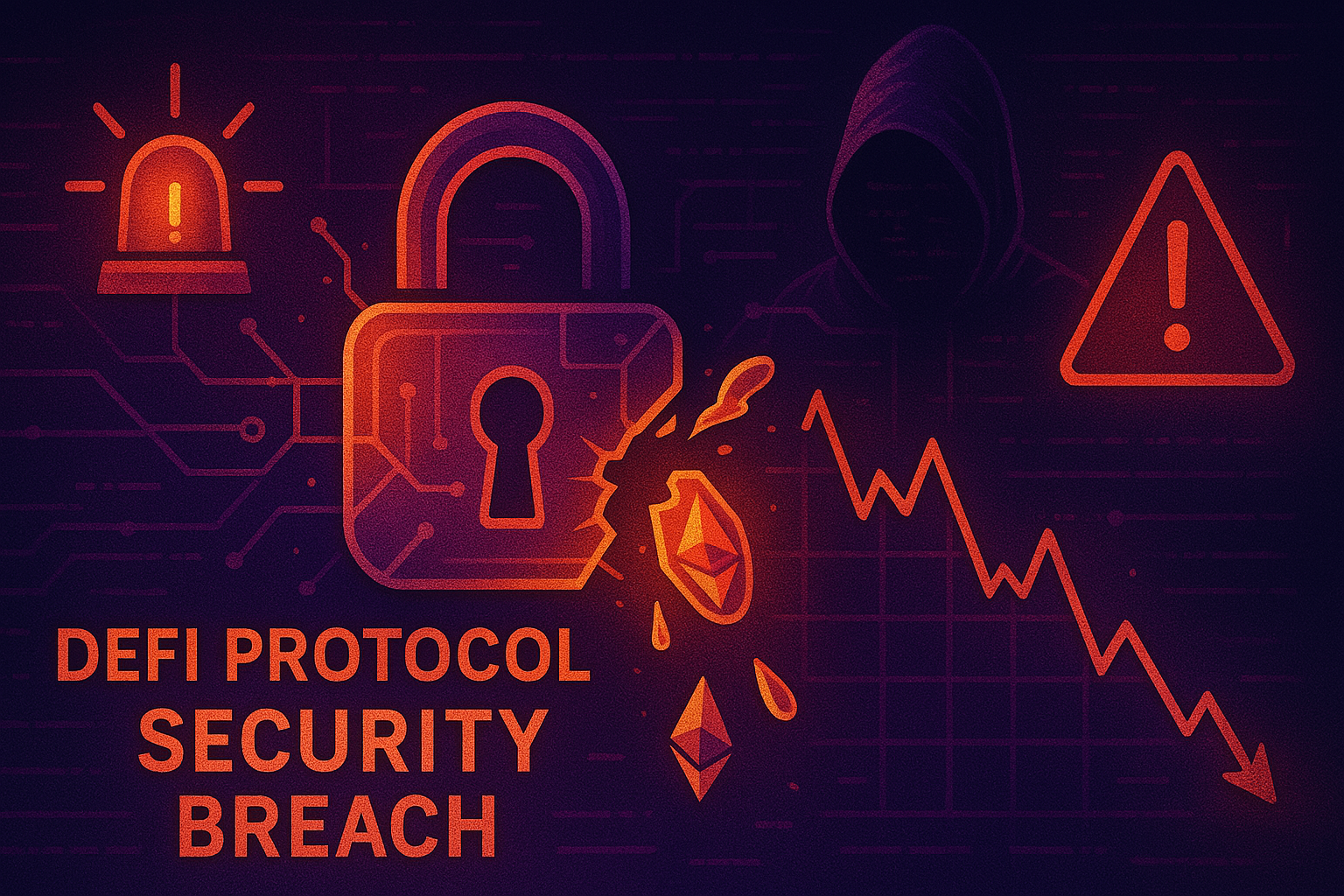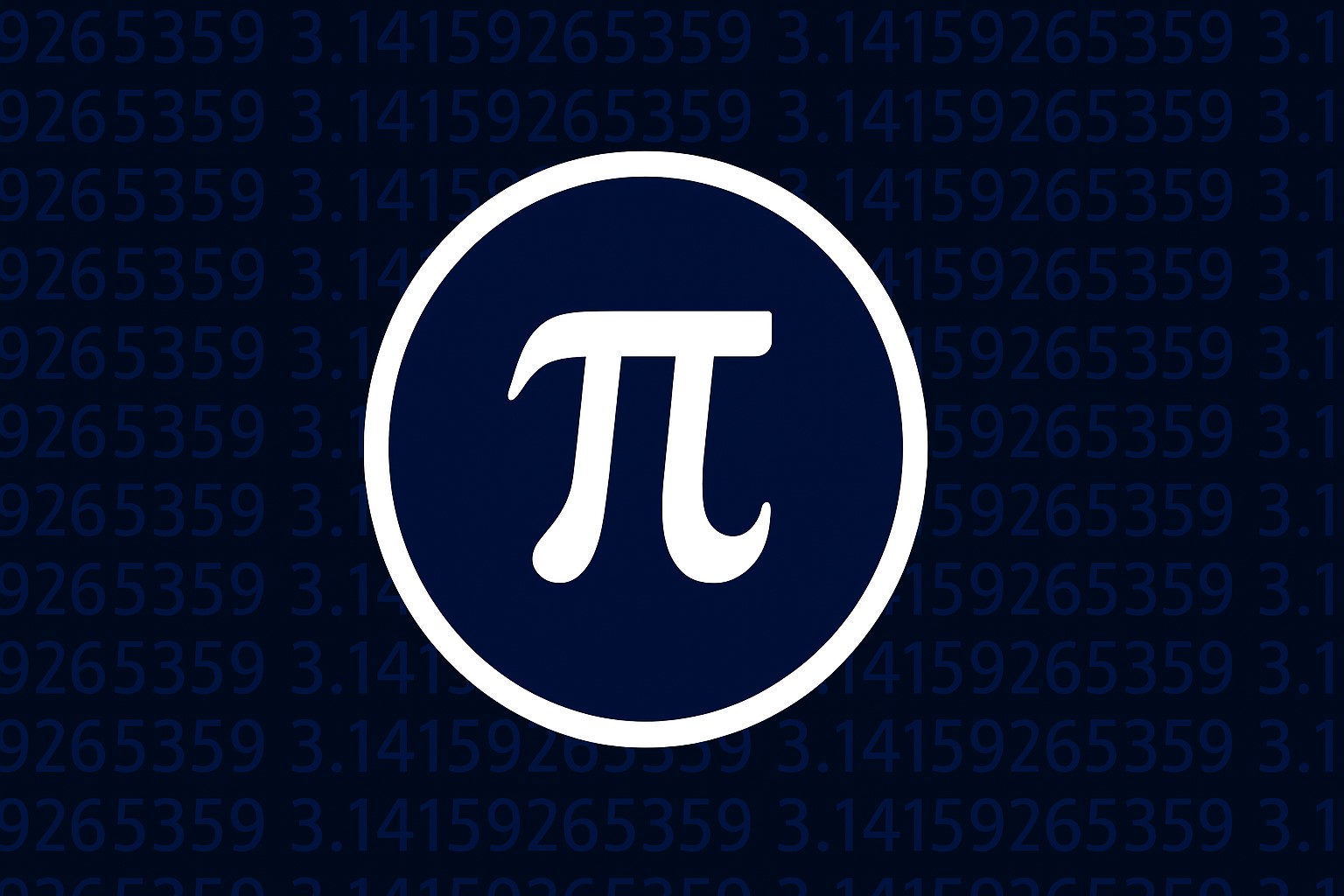With the blockchain ecosystem now supporting 171 Layer-1 networks, competition for user engagement has intensified. While major players like Ethereum dominate the market, emerging networks are turning to gamification to increase on-chain activity and attract users. According to Coingecko, the decentralized physical infrastructure network (DePIN) market has surged to $18.9 billion, driven in part by these new engagement strategies.
Gamification as a Catalyst for Growth
Coinbase leveraged gamification during its “Onchain Summer” event, enabling users to earn points through various on-chain activities. Participants received NFTs and other rewards, effectively increasing engagement and retention.
“We saw 83% of users who spun the rewards wheel once return to spin again, indicating strong interest in gamified incentives,” a Coinbase spokesperson told Cryptonews.
Similarly, Quai Network introduced Kipper, a crypto tipping platform on X that allows users to send $QUAI tokens to content creators. According to CEO Alan Orwick, Kipper has already generated notable traction, underscoring the potential of gamified financial interactions.
“Kipper provides creators with a decentralized monetization method, fostering engagement through financial incentives,” Orwick said.
DePIN Market Explodes to $18.9B – Peaq’s Gamified Quests Target Onboarding
While some networks focus on social tipping, others like Peaq aim to educate users about DePINs through gamified quests.
Peaq’s “Get Real” campaign encourages users to complete on-chain tasks such as sound pollution measurements or data collection using Web3-enabled devices. Participants earn points that can be redeemed for NFTs, creating a tangible incentive for on-chain engagement.
“Our mission is to bridge the gap between Web2 and Web3 by demonstrating how DePINs can drive value through data collection and asset ownership,” said Max Thake, co-founder of Peaq.
The beta phase of the campaign drew significant interest, leading Peaq to expand the initiative this quarter.
Layer-2 Networks: Solving Discoverability Through Gamification
While L1 networks focus on educational quests and financial incentives, L2 platforms like Eclipse are tackling discoverability through gamified user experiences.
Eclipse’s Turbo Tap game, launched in February, engages users by allowing them to accumulate “grass” through interactive gameplay. The platform has already attracted over 230,000 users, demonstrating the power of gamified interactions.
“Gamification aligns user incentives with network growth, creating a win-win scenario,” said Ren Yu Kong, Eclipse’s ecosystem lead.
However, Kong noted that maintaining a frictionless user experience amid rapid growth remains a challenge. “We’re prioritizing internal testing to prevent bugs and ensure smooth gameplay,” he said.
Addressing Implementation Challenges
Despite the evident success of gamification, implementation is not without its challenges.
Orwick acknowledged that building Quai Network’s Kipper platform required extensive time and resources to align on-chain and off-chain components. Similarly, Eclipse’s Kong emphasized that integrating social components with on-chain contracts necessitates rigorous testing to prevent disruptions.
Yet, as DePIN networks continue to expand and L2s work to improve discoverability, gamification appears poised to remain a central strategy for blockchain networks seeking sustainable growth.
With $18.9 billion in DePIN market value and hundreds of thousands of new users engaging in gamified experiences, blockchain adoption is steadily gaining momentum — one quest, spin, or tip at a time.



